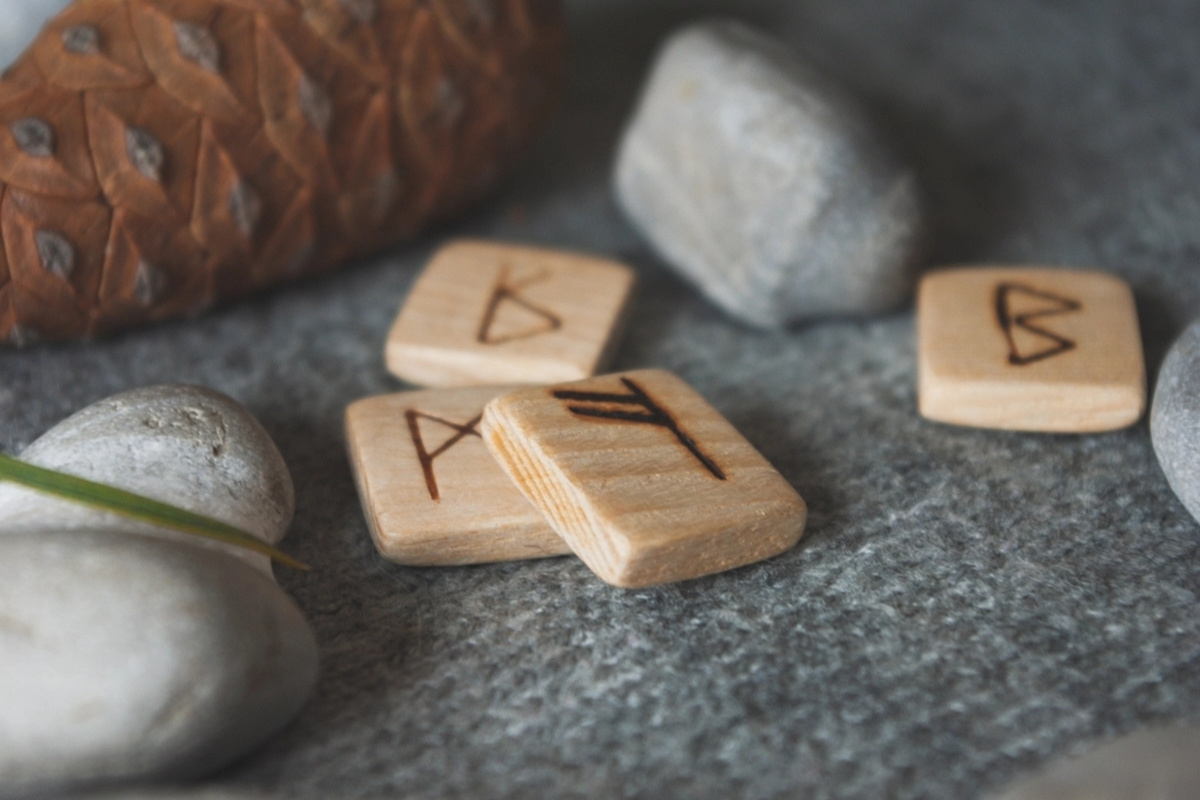
Runes have fascinated people for centuries, but what exactly are they? Runes are ancient alphabets used by Germanic tribes, including the Vikings, for writing, divination, and magical purposes. These symbols, carved into stones, wood, and metal, hold deep historical and cultural significance. Runes were not just letters; they were believed to possess mystical powers. Each rune had its own meaning and could be used to predict the future or cast spells. The most well-known runic alphabet is the Elder Futhark, consisting of 24 characters. Runes continue to captivate modern enthusiasts, blending history, mythology, and mystery into one intriguing subject.
What Are Runes?
Runes are ancient symbols used for writing, divination, and magic. Originating from Germanic tribes, they hold a mysterious allure. Here are some fascinating facts about runes.
-
Runes date back to at least the 2nd century AD. They were used by Germanic tribes in Northern Europe.
-
The word "rune" means "secret" or "whisper" in Old Norse and Old English.
-
The earliest runic inscriptions were found on artifacts like weapons, jewelry, and tools.
-
Runes were not just letters but also had magical and symbolic meanings.
-
The most well-known runic alphabet is the Elder Futhark, consisting of 24 characters.
The Elder Futhark
The Elder Futhark is the oldest runic alphabet. It was used from the 2nd to the 8th century AD.
-
The name "Futhark" comes from the first six runes: Fehu, Uruz, Thurisaz, Ansuz, Raidho, and Kaunan.
-
Each rune in the Elder Futhark has a name and a meaning. For example, Fehu means "cattle" or "wealth."
-
The Elder Futhark was primarily used by Germanic tribes before the Viking Age.
-
Runes were often carved into wood, stone, or bone, making them durable and long-lasting.
-
The Elder Futhark was eventually replaced by the Younger Futhark and the Anglo-Saxon Futhorc.
Runes in Magic and Divination
Runes were not just for writing. They played a significant role in magic and divination practices.
-
Runes were often used in talismans and amulets for protection and luck.
-
The practice of casting runes for divination is known as "rune casting" or "rune reading."
-
Each rune has a specific meaning and can provide insight into various aspects of life.
-
Runes were believed to have magical properties and could be used to cast spells.
-
The Norse god Odin is said to have discovered the runes after hanging from the World Tree, Yggdrasil, for nine days.
Runes in Modern Times
Runes have not faded into obscurity. They continue to captivate people today.
-
Modern neopagan and heathen groups often use runes in their rituals and practices.
-
Runes are popular in contemporary jewelry and tattoos, symbolizing various personal meanings.
-
Rune stones are used in modern divination practices, similar to tarot cards.
-
Many fantasy novels and games incorporate runes, adding a mystical element to their stories.
-
Runes are studied by linguists and historians to understand ancient Germanic cultures better.
Runes in Popular Culture
Runes have made their way into popular culture, appearing in various forms of media.
-
J.R.R. Tolkien used runes in his Middle-earth stories, inspired by the Anglo-Saxon Futhorc.
-
The Harry Potter series features runes in the study of ancient runes at Hogwarts.
-
Video games like "The Elder Scrolls" and "God of War" incorporate runes into their lore and gameplay.
-
Runes appear in movies and TV shows, often as symbols of magic and mystery.
-
Many metal bands use runic symbols in their logos and album art, reflecting their interest in Norse mythology.
Fun Facts About Runes
Here are some quirky and lesser-known facts about runes.
-
Some runes have multiple meanings, depending on their context and orientation.
-
The runic alphabet was sometimes used to write secret messages, known as "rune codes."
-
Runes were often inscribed on weapons to give them magical properties in battle.
-
The longest runic inscription is found on the Rök Stone in Sweden, containing over 700 runes.
-
Some runes are named after gods, animals, or natural elements, reflecting their cultural significance.
-
The Anglo-Saxon Futhorc expanded the Elder Futhark to include additional characters for sounds in Old English.
-
Runes have been found as far away as Greenland, showing the wide reach of Norse explorers.
Runes: A Glimpse into Ancient Mysteries
Runes offer a fascinating peek into ancient cultures. These symbols weren't just letters; they held deep meanings and were often used in rituals and magic. Originating from Germanic tribes, runes have been found on stones, weapons, and jewelry, showing their importance in daily life and spiritual practices.
Understanding runes helps us appreciate the rich history and traditions of our ancestors. They remind us that writing systems can be more than just a way to communicate—they can be a bridge to the past, revealing the beliefs and values of those who came before us.
Whether you're a history buff or just curious about ancient symbols, runes provide a unique window into a world long gone. So next time you see these mysterious characters, remember their significance and the stories they tell.
Was this page helpful?
Our commitment to delivering trustworthy and engaging content is at the heart of what we do. Each fact on our site is contributed by real users like you, bringing a wealth of diverse insights and information. To ensure the highest standards of accuracy and reliability, our dedicated editors meticulously review each submission. This process guarantees that the facts we share are not only fascinating but also credible. Trust in our commitment to quality and authenticity as you explore and learn with us.
